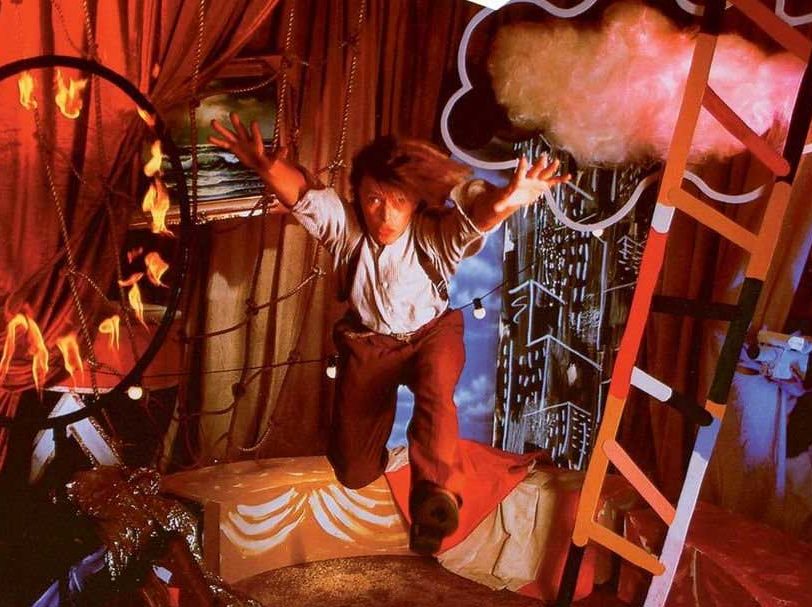After releasing a pair of albums that courted a mainstream audience in the mid-80s, David Bowie once again felt the need for a change of direction. He’d tasted enormous pop success with 1983’s Let’s Dance and its subsequent sell-out tour, Serious Moonlight, which saw him make the leap to playing stadiums. 1984’s stylistically similar Tonight album was also an initial hit, making No.1 in the UK charts even if it didn’t quite emulate the long-term sales of its predecessor. Meanwhile, Bowie maintained his profile with high-profile film roles in Absolute Beginners and Labyrinth, the latter a Jim Henson flop that has since become a cult hit. And he and Mick Jagger scored a No.1 single with their spirited romp through Martha And The Vandellas’ Dancing In The Street, followed by Bowie’s fantastically-received Live Aid set at Wembley Stadium on 13 July 1985. But by the time he came to record his next album, Never Let Me Down, he felt he had pushed his pop ambitions as far as he wanted and sought a return to the rock sound he’d made his name with in the early 70s.
Listen to Never Let Me Down here.
“I put the amount of energy that I needed into a rock album”
“The Serious Moonlight period – that Let’s Dance album… Nile [Rodgers] did wonderful things for me on that album, he created an extraordinary sound,” Bowie told Vox Pop in March 1987. “But with the inclusion of the horns and the… smoothness of the whole deal, I started to become uncomfortable in carrying on with that direction, because I felt a little lost in that, and it was approaching an area that I didn’t really feel I belonged in.”
Envisioning Never Let Me Down as a return to “what used to excite me about being in a band”, Bowie found himself playing the guitar again. “And so it became a guitar-oriented album,” he continued. “And as I was writing and feeling out the material, I realised it was just a tremendous album to be touring, and so the whole thing meshed together, and I put the amount of energy that I needed into a rock album, to really make it happen on stage.”




